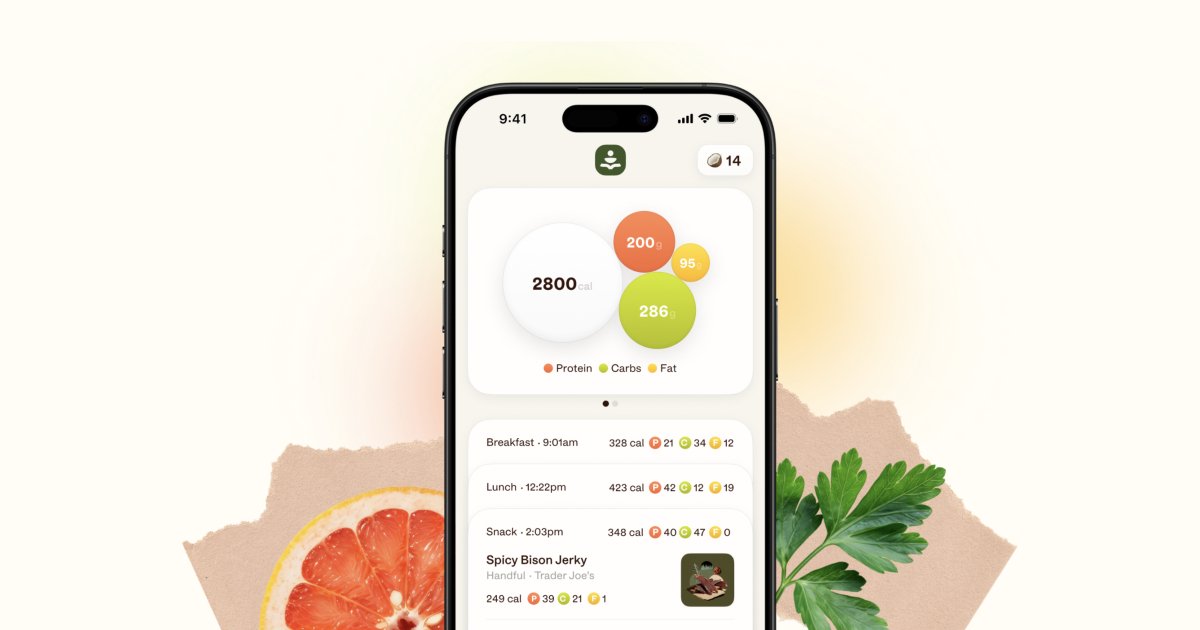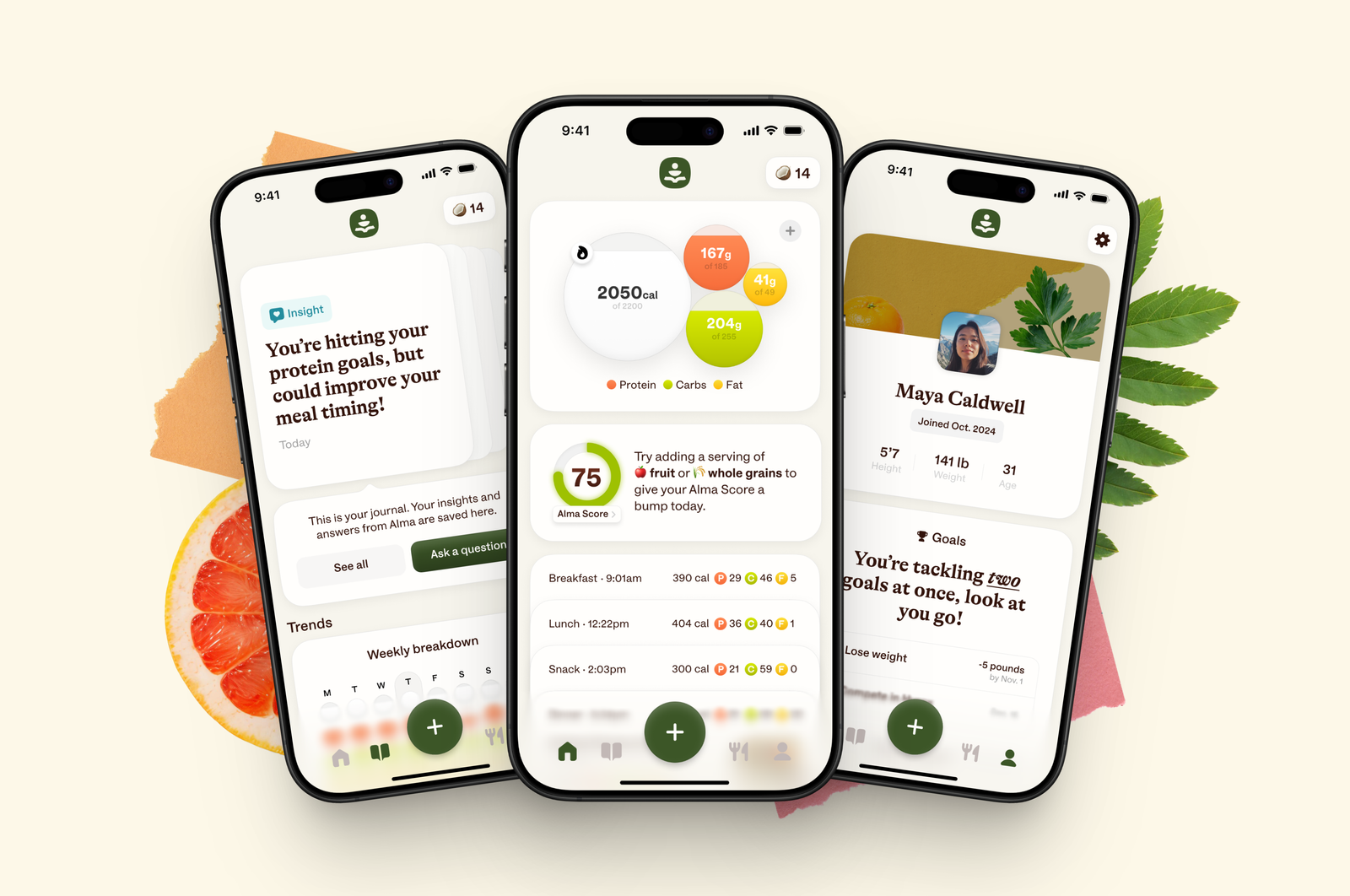As a parent, you play a critical role in shaping your child’s eating habits. You have the power to instill a love for healthy foods that can last a lifetime. However, it’s not always easy to convince children to eat their fruits and vegetables, especially when they would rather have sweets and fast food. But don’t worry; making healthy eating fun for kids is possible with a little creativity and planning.
Firstly, involve your child in meal preparation. Children are more likely to eat what they help make. Take them grocery shopping with you and let them choose the fruits or vegetables they would like to eat during the week. Teach them how to read food labels so they can understand what goes into their bodies.
Next, use colorful foods to make meals more appealing. Brightly colored fruits and vegetables are often more appealing to children than dull-colored ones. Make a rainbow salad or fruit skewers using different colored fruits or vegetables.
Another strategy is to use fun shapes and sizes. Use cookie cutters to cut fruits, vegetables, or sandwiches into fun shapes like stars, hearts, or animals. You could also use mini cookie cutters for bite-sized snacks.
Experimenting with different textures can also make meals exciting for kids. Crunchy vegetables like carrots or bell peppers can be more appealing than softer ones like cooked broccoli or spinach.
Smoothies are another great way of sneaking in some fruits and veggies into your child’s diet. Let your child choose the ingredients and blend together for a delicious, nutrient-packed drink.
Make sure you set a good example yourself as well! Children often mimic their parents’ eating habits so if they see you enjoying healthy foods, they’re more likely to do the same.
Remember that it’s important not to force your child to eat something they don’t want – this can lead to negative associations with certain foods. Instead, encourage them gently and praise them when they try new foods.
Don’t forget to make mealtime a fun, family event. Turn off the TV and other distractions and engage in conversation. This not only encourages mindful eating but also helps children develop good social skills.
Lastly, reward your child with non-food items or activities. Instead of promising a dessert if they finish their vegetables, reward them with extra playtime or a fun activity.
Healthy eating doesn’t have to be boring or difficult for kids. With a little creativity and patience, you can turn mealtime into a fun experience that your children look forward to while instilling in them the importance of nutritious foods for their growth and development.











